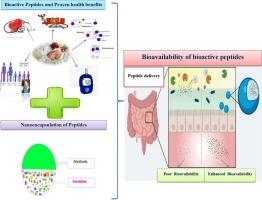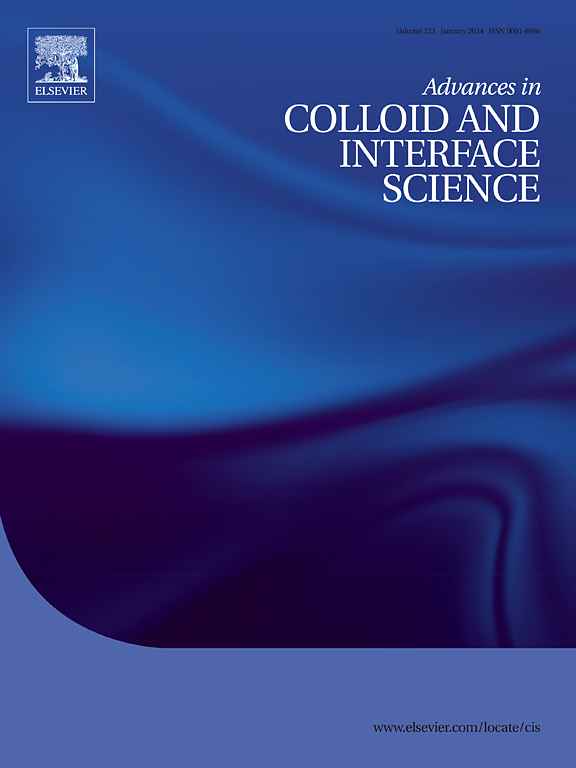Loading bioactive peptides within different nanocarriers to enhance their functionality and bioavailability; in vitro and in vivo studies
IF 15.9
1区 化学
Q1 CHEMISTRY, PHYSICAL
引用次数: 0
Abstract
A hydrolyzed protein is a blend of peptides and amino acids which is the result of hydrolysis by enzymes, acids or alkalis. The Bioactive Peptides (BPs) show important biological roles including antioxidant, antimicrobial, anti-diabetic, anti-cancer, and anti-hypertensive effects, as well as positive effects on the immune, nervous, and digestive systems. Despite the benefits of BPs, challenges such as undesired organoleptic properties, solubility profile, chemical instability, and low bioavailability limit their use in functional food formulations and dietary supplements. Nanocarriers have emerged as a promising solution for overcoming these challenges by improving the stability, solubility, resistance to gastric digestion, and bioavailability, allowing for the targeted and controlled delivery, and reduction or masking of the undesirable flavor of BPs. This study reviews the recent scientific accomplishments concerning the loading of BPs into various nanocarriers including lipid, carbohydrate and protein based-nanocarriers. A special emphasis is given to their application in food formulations in accordance to the challenges associated with their use.

将生物活性肽装入不同的纳米载体,以增强其功能性和生物利用度;体外和体内研究。
水解蛋白是肽和氨基酸的混合物,是酶、酸或碱水解的结果。生物活性肽(BPs)具有重要的生物学作用,包括抗氧化、抗菌、抗糖尿病、抗癌和抗高血压作用,以及对免疫、神经和消化系统的积极影响。尽管生物碱具有诸多益处,但其在功能性食品配方和膳食补充剂中的应用也面临着诸多挑战,如不理想的感官特性、溶解性、化学不稳定性和生物利用率低等。纳米载体通过改善稳定性、溶解性、抗胃消化性和生物利用度,实现定向和可控给药,减少或掩盖生物碱的不良味道,已成为克服这些挑战的一种有前途的解决方案。本研究综述了将生物碱装入各种纳米载体(包括基于脂质、碳水化合物和蛋白质的纳米载体)的最新科学成果。研究特别强调了这些纳米载体在食品配方中的应用,以及与之相关的挑战。
本文章由计算机程序翻译,如有差异,请以英文原文为准。
求助全文
约1分钟内获得全文
求助全文
来源期刊
CiteScore
28.50
自引率
2.60%
发文量
175
审稿时长
31 days
期刊介绍:
"Advances in Colloid and Interface Science" is an international journal that focuses on experimental and theoretical developments in interfacial and colloidal phenomena. The journal covers a wide range of disciplines including biology, chemistry, physics, and technology.
The journal accepts review articles on any topic within the scope of colloid and interface science. These articles should provide an in-depth analysis of the subject matter, offering a critical review of the current state of the field. The author's informed opinion on the topic should also be included. The manuscript should compare and contrast ideas found in the reviewed literature and address the limitations of these ideas.
Typically, the articles published in this journal are written by recognized experts in the field.

 求助内容:
求助内容: 应助结果提醒方式:
应助结果提醒方式:


